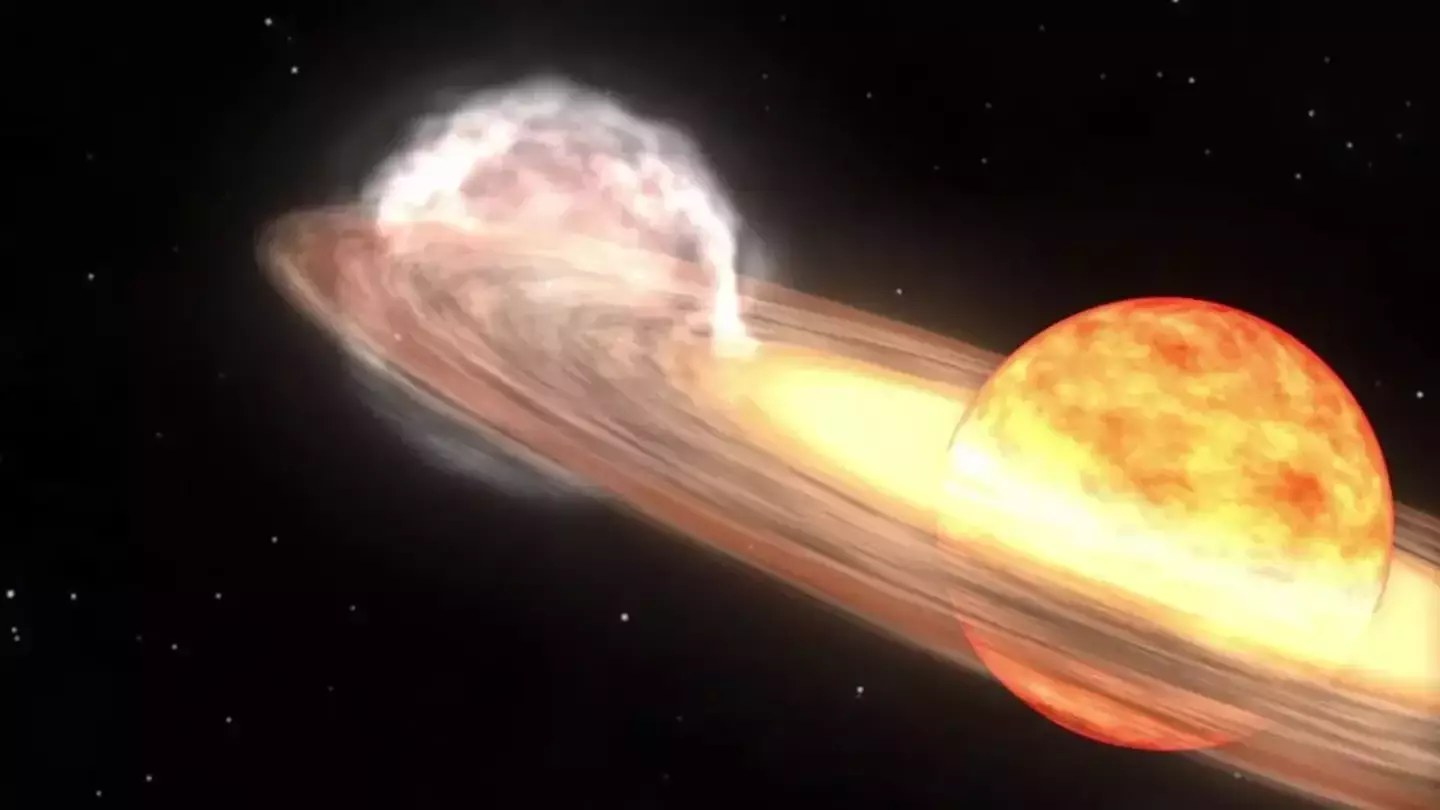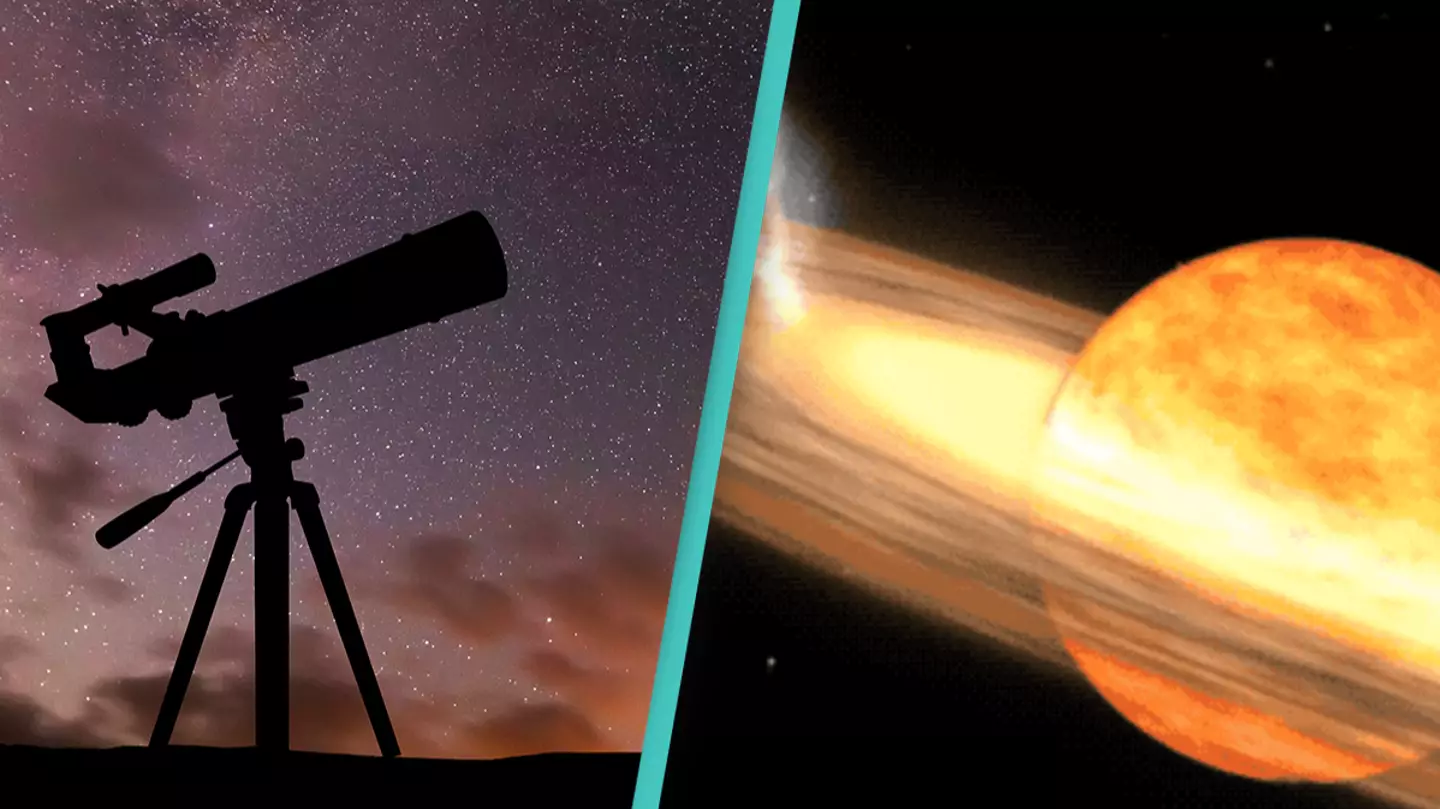The concept of space and its unimaginable vastness can be quite overwhelming. To put it into perspective, light travels at an incredible speed, covering a distance in one year that we call a light year. This means that celestial events occurring hundreds of light years away take hundreds of years to become visible to us on Earth. With that in mind, NASA is gearing up for an extraordinary celestial event that occurred 3,000 years ago but is only now becoming observable.

Soon, scientists and stargazers alike are expected to witness the formation of a ‘new star’, a spectacle that NASA believes will ignite a passion for astronomy in future generations. Over the next few months leading up to September, the skies will treat us to a nova explosion, a phenomenon involving a brief but intense eruption from a white dwarf star. Unlike a supernova, which marks the violent end of a large star, a nova does not signify the destruction of a white dwarf but rather a continuation of its cycle.
The star at the center of this upcoming event is T Coronae Borealis (T CrB), also known as the Blaze Star, which is part of a binary system located in the constellation of Corona Borealis. This system comprises a cool red giant and a white dwarf. The red giant, shedding its outer layers, transfers material to the white dwarf, leading to a buildup that eventually triggers a thermonuclear explosion visible as a nova.
This event is not new to the astronomical community. The first recorded explosion of T CrB was noted back in 1217, and the star has erupted approximately every 80 years since. However, each occurrence offers a unique spectacle that is both invaluable for scientific study and awe-inspiring for onlookers.
NASA is particularly excited about this event’s potential to inspire young minds. “It’s a once-in-a-lifetime event that will create a lot of new astronomers out there, giving young people a cosmic event they can observe for themselves, ask their own questions, and collect their own data,” explained Dr. Rebekah Hounsell, a specialist in nova events at NASA’s Goddard Space Flight Center in Greenbelt, Maryland. For a few magical days, T CrB will shine brightly enough to be seen with the naked eye, briefly adding a new star to our night sky and providing a perfect opportunity for amateur astronomers to engage with the cosmos directly.

